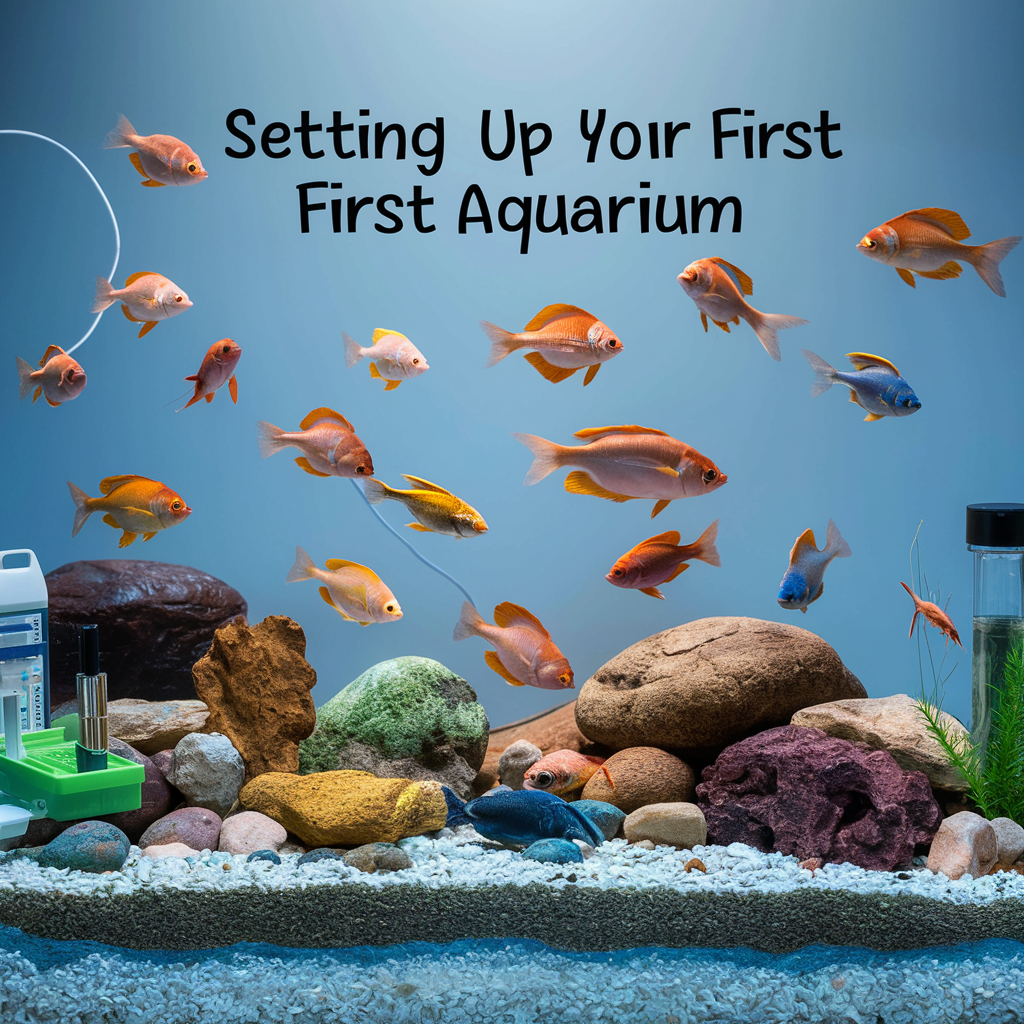
Welcome to our Aquarium Setup Guide, where we’ll walk you through the steps to create a beautiful and thriving aquarium., Starting your journey into the world of aquariums can be both exciting and daunting. With so many options and considerations, it’s essential to have a clear plan to ensure success. This guide will walk you through the fundamental steps to set up your first aquarium, making it a rewarding and enjoyable experience.
1. Choosing the Right Aquarium setup
The first step in setting up your aquarium is selecting the right tank but don’t worry this aquarium setup guide covers everything you need to know For beginners, a tank size of 3 feet is ideal. It provides enough space for a variety of fish and plants while being easier to manage than smaller tanks. Following the principle that larger aquariums tend to maintain more stable water chemistry and temperature, you will also have more flexibility for mistakes.
2. Aquarium guide to Essential Equipment
Investing in quality equipment is crucial for maintaining a healthy aquarium. Here’s a checklist of essential items you’ll need:
- Filter: Various Filters are available, select a filter according to your tank size. The filter keeps the water clean by removing debris and harmful chemicals. Power of the filter is equally important, you may choose internal or external filters. Hang on filter, Cannister filter, HOB filters are good for beginners.
- Oxygen stone: It ensures the uninterrupted supply of oxygen in the tank, use an air pump with transparent oxygen pipe, it will release bubbles which creates oxygen.
- Heater: Maintains a consistent water temperature suitable for your fish, becomes necessary during winters. Always buy safe heaters.
- Lighting: Enhances the appearance of your tank. there good options of lights available in the market as per your tank and preferences.
- Aquarium rocks: The aquarium rocks & gravel, driftwood not only decorates your aquarium but it also helps in waste management, it facilitates the existence of beneficial bacteria along with biological filtration.
- Water Conditioner: Anti chlorine removes chlorine and other harmful substances from tap water. Always use stored water for your tank. Variety of other useful water conditioners are available in market which will improve your water quality that leads to longer lifespan of your fish. Proper tank cleaning is required before filling your tank avoid using harmful detergents to clean your tank.
3. Step-by-Step Aquarium Setup Guide
Proper tank cleaning is required before filling your tank avoid using harmful detergents to clean your tank. Before adding water, rinse the tank and equipment thoroughly to remove any dust or residue. Place the tank on a sturdy stand, away from direct sunlight to prevent algae growth. Add the aquarium stones, gravel & driftwood arranging it to create a natural look with slopes and levels.
4. Filling Your Aquarium Correctly
Fill the tank with dechlorinated water, ensuring the temperature is appropriate for your chosen fish species. Use a thermometer to monitor the water temperature and adjust the heater as necessary.
5. Understanding Aquarium Cycling
Cycling is the process of establishing beneficial bacteria in your tank to break down waste. This step is crucial for maintaining a healthy environment for your fish. Add a source of ammonia, such as fish food or a commercial product, and monitor the water parameters over several weeks until ammonia and nitrite levels drop to zero.
6. Adding Fish to Your Setup
Adding fish is a crucial part, please do read the This aquarium setup guide very carefully ,don’t put fish directly into the water, Once your tank is cycled, you can start adding fish. Fish should be put first along with the sealed plastic bag, let it float and adjust with the water for 10 to 15 minutes then gently release them into the water with net, this process is known as accumulation. Begin with a few hardy species and gradually increase the number over time. Research each species’ compatibility and care requirements to ensure a harmonious tank.
7. Maintaining Your Aquarium
Maintaining your aquarium involves regular tasks such as water changes, filter cleaning, and monitoring water parameters. Consistent care will keep your tank thriving and your fish healthy.
By following these steps, you’ll be well on your way to creating a beautiful and thriving aquarium. Happy fishkeeping!

